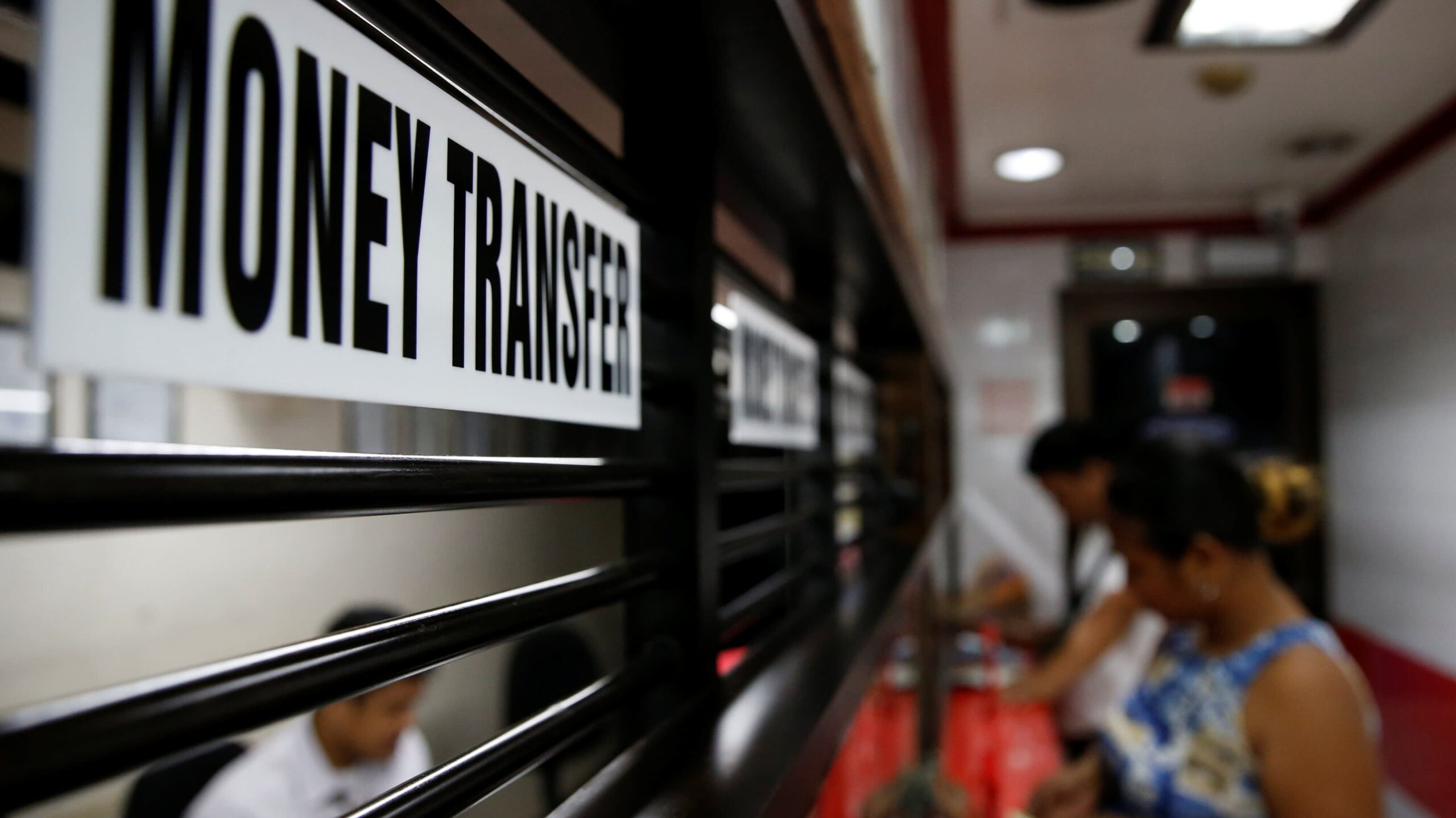Migrants are struggling to balance the spectre of a weak and uncertain job market in the host countries with increased need for help from their families back home. That the decline in remittance flows in 2020 is lower than earlier projected is, unfortunately, not a silver lining for the poorest people who depend on remittances as a lifeline. The pain is here, and is going to last well into 2021.
Soon after the abrupt lockdowns and travel bans due to COVID-19, remittances fell significantly in Q2, especially in the Europe and Central Asia region. But with a gradual opening up of businesses and the economies in the US, the EU and the GCC countries, which together host the largest number of international migrants, migrants were able to send money home. Remittances picked up in Q3 from the depths reached in Q2, but have not quite reached the pre-crisis levels yet.
There were other factors that cushioned the fall in remittances. Some remittances that could not be carried home due to travel bans were sent through money transfer channels when they opened up. Those with bank accounts were able to access digital remittance channels. Some migrants may have drawn on savings. It also helped that some migrants were able to access cash transfers offered by host country governments either directly or indirectly through their employers.
Several one-off factors also drove increases in remittances. Floods in Bangladesh in July brought in remittances from abroad as migrants tried to help affected families. The cancellation of the Haj pilgrimage diverted funds set aside for this purpose to remittances (for example, to Pakistan). A 25 percent depreciation of the peso against the U.S. dollar attracted larger remittances to Mexico.
The underlying fundamentals that drive remittances, however, remain very weak. Employment levels of foreign-born workers have fallen significantly more than native-born workers. Migrant workers remain more vulnerable to unemployment than native-born workers. When the economy recovers, it will likely be a jobless recovery for a while, especially for migrant workers. Another key fundamental driver is the price of oil, which affects remittances flowing from Russia and the GCC countries. Even in the GCC countries, unlike in the past when governments were able to smooth oil price variations through counter-cyclical fiscal policy, the fiscal situation seems to have worsened. Besides, there has been a policy change in the past five years discouraging employment of foreign workers.
These key drivers of remittances depend on how quickly we recover from the pandemic. As we enter a phase II of rising infections rising in major economies, the risks to remittance flows are distinctly on the downside.
In the medium- to long-term, remittances ultimately depend on migration. This year, the stock of international migrants is likely to decline as new migration has slowed and return migration has increased.
As the world works its way through the pandemic and economic difficulties, let us also think about the migrants who are also on the frontlines of the crisis. They are working in essential services in a wide spectrum of jobs and skills, in grocery stores and hospitals. When we think about our own safety, we need to include others, including migrants, who may need support to prevent the spread of the virus.
Government policy responses, especially the provision of access to health care, housing, and education, should be inclusive of migrants in host countries and their families in origin countries. Stranded migrants need help from governments and the development community in both host and transit countries. Origin countries must find ways of supporting returning migrants in resettling, finding jobs, or opening businesses. Many host countries and origin countries would require grants or concessional financing from third parties to provide support to migrants from other countries.
Finally, the crisis has exposed significant data gaps that have prevented real-time monitoring of remittance flows and migratory movements, including of stranded migrants and returning migrants. More than a decade has passed since the publication of Remittance Data Compilation Guidelines by the IMF. The growing importance of remittances as a source of external financing in developing countries as well as the growing importance of data on remittances in the global payments industry has revealed a need for more granularity in the collection of data.
The World Bank, through KNOMAD, is launching an International Working Group on Improving Data on Remittances in collaboration with National Statistical Offices, central banks and selected international organizations to improve data on remittances and international cooperation in the collection and dissemination of data.



